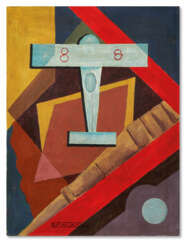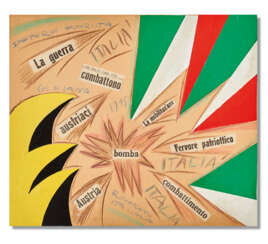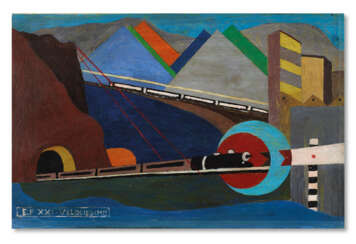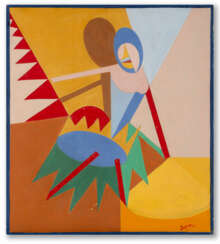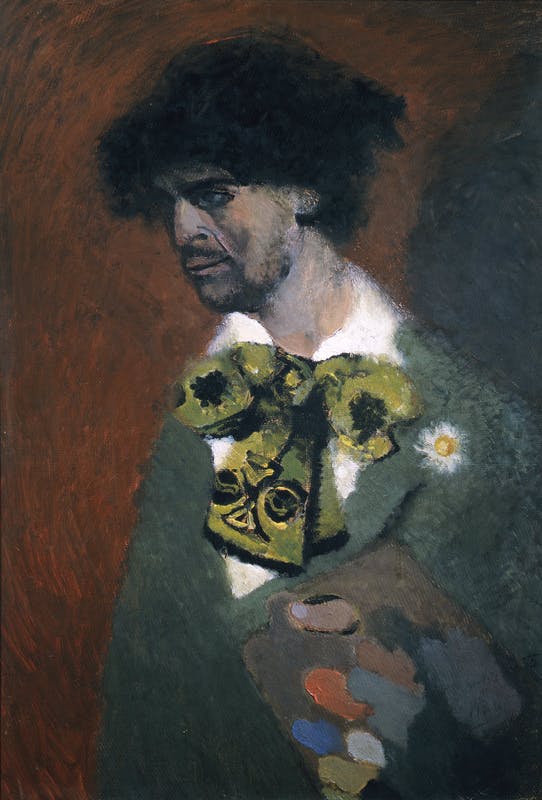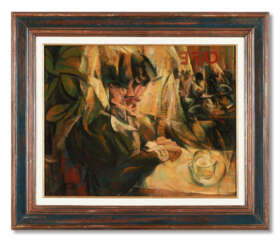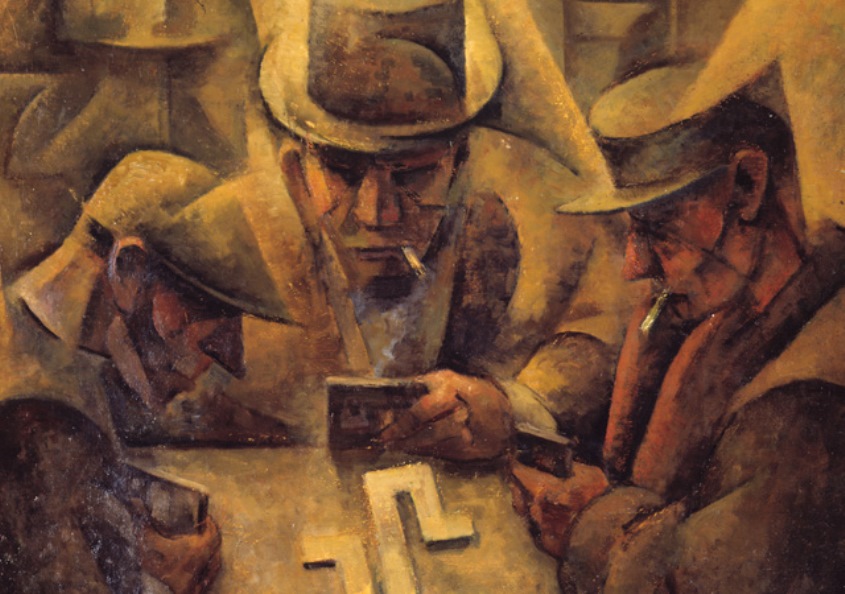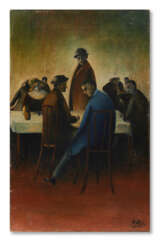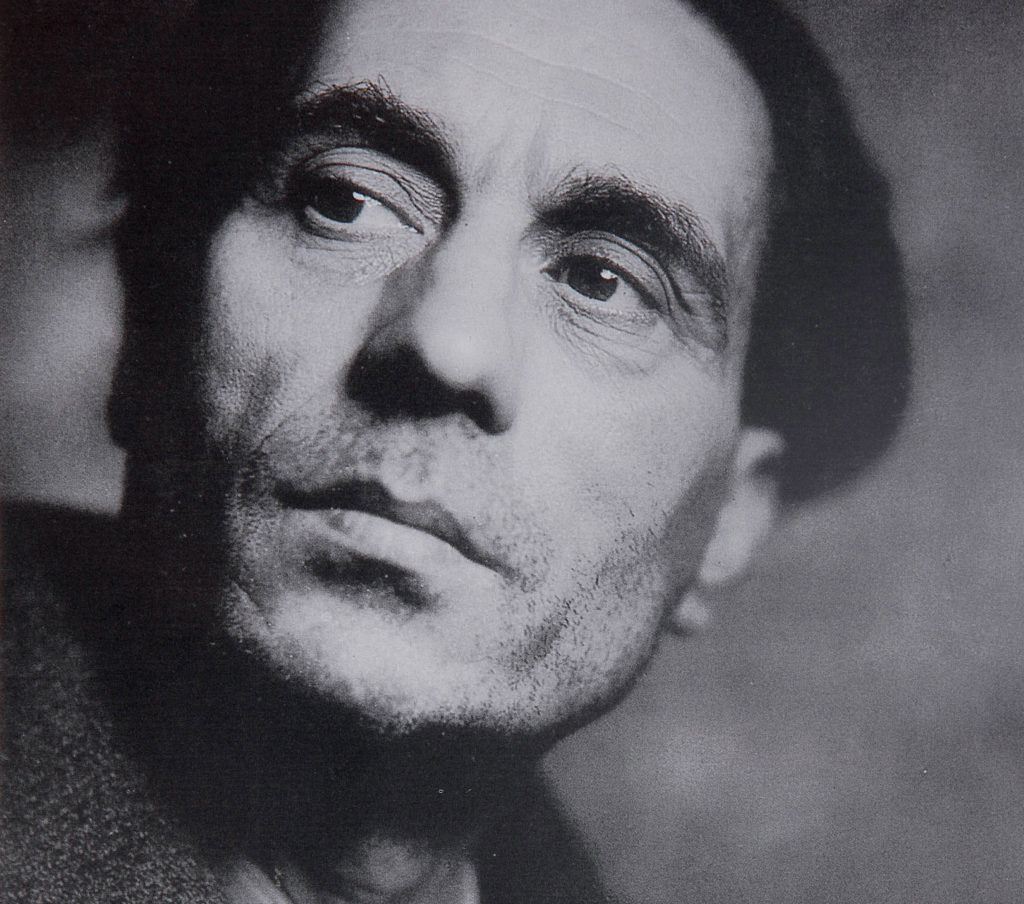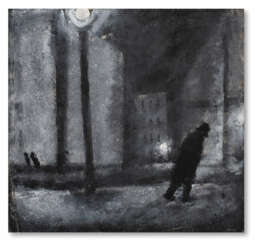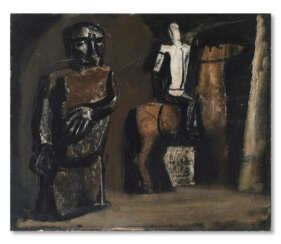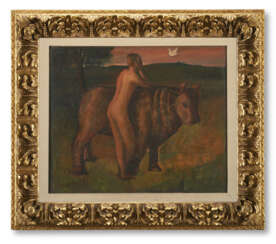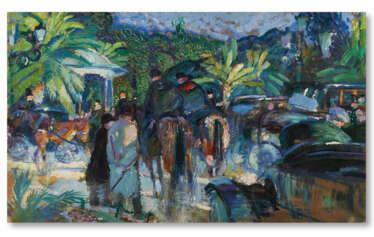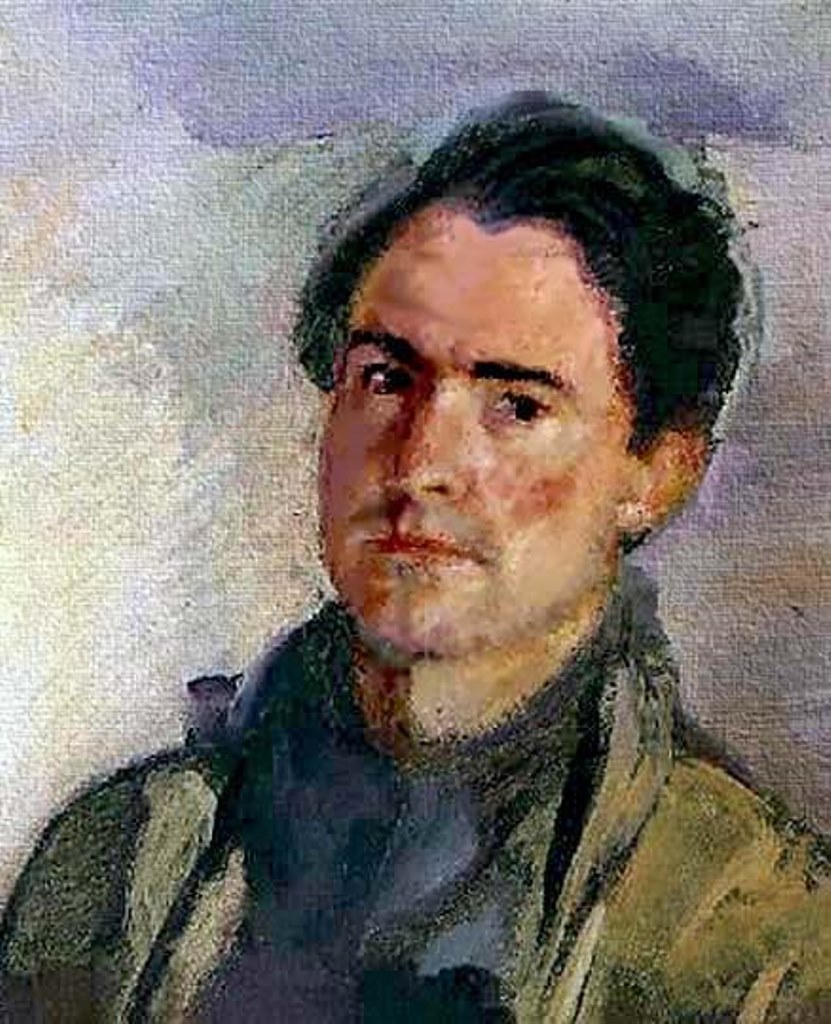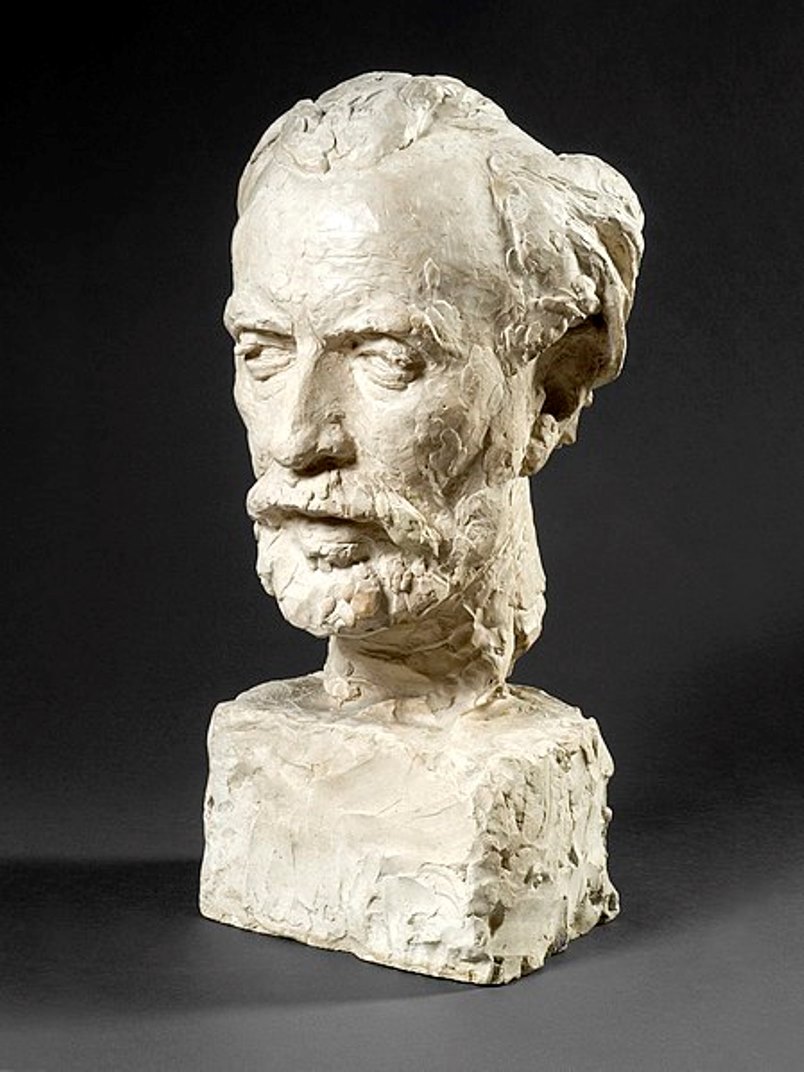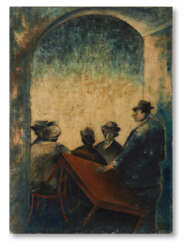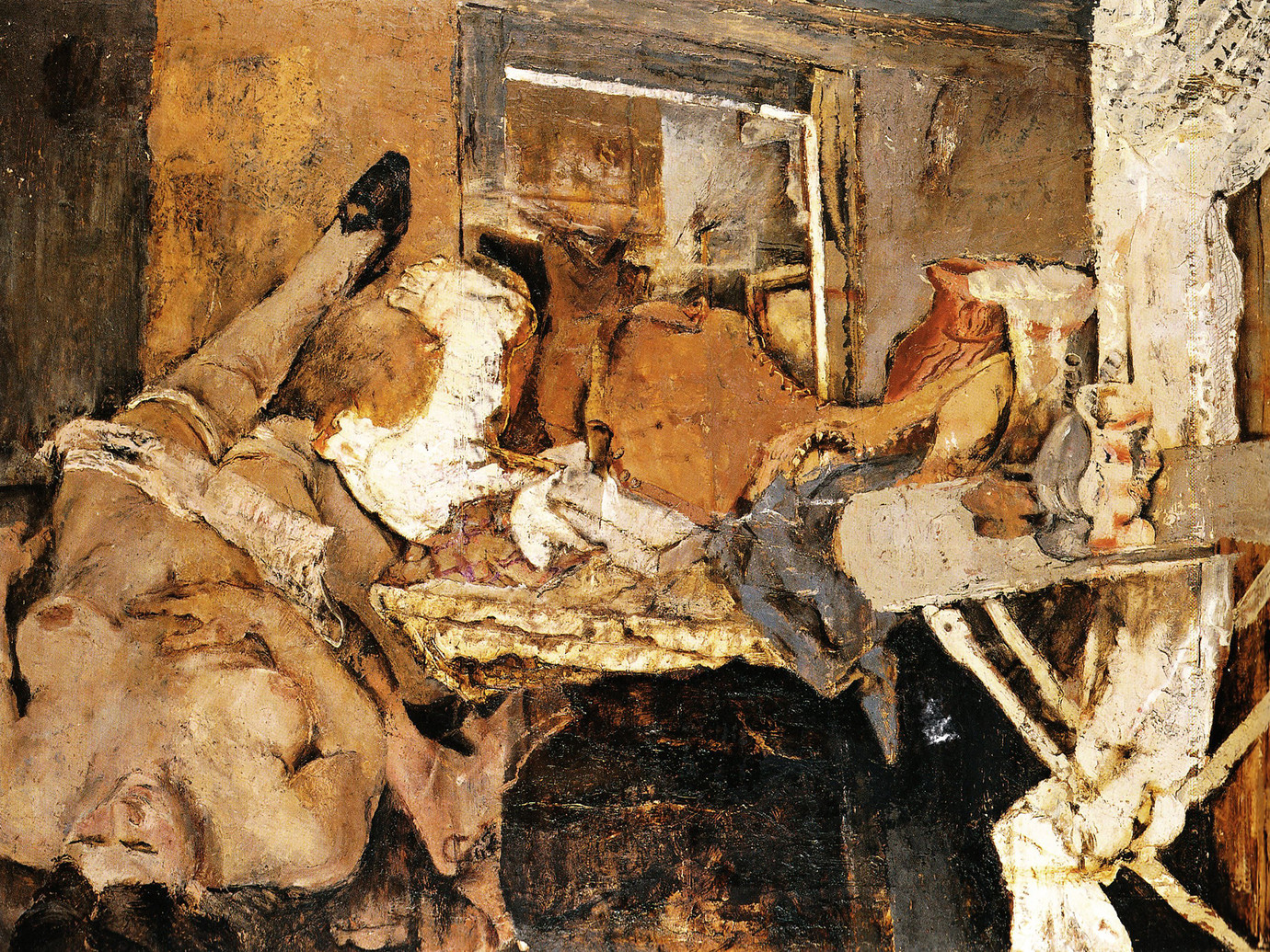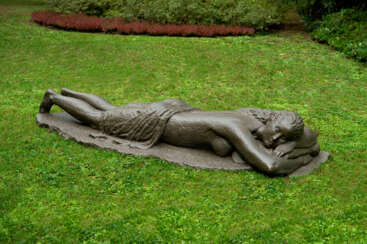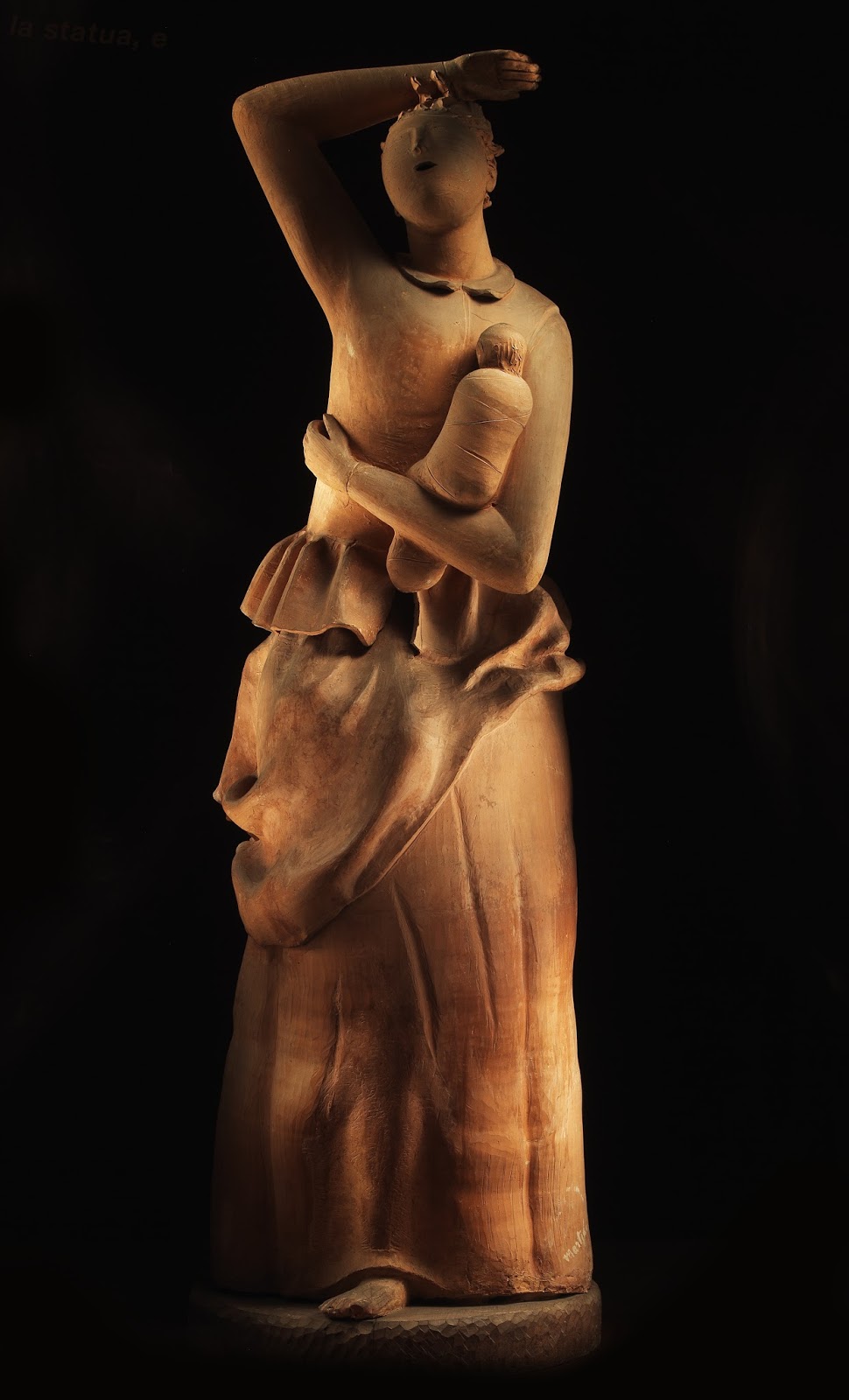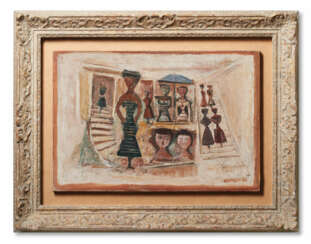
Modern and Contemporary Art
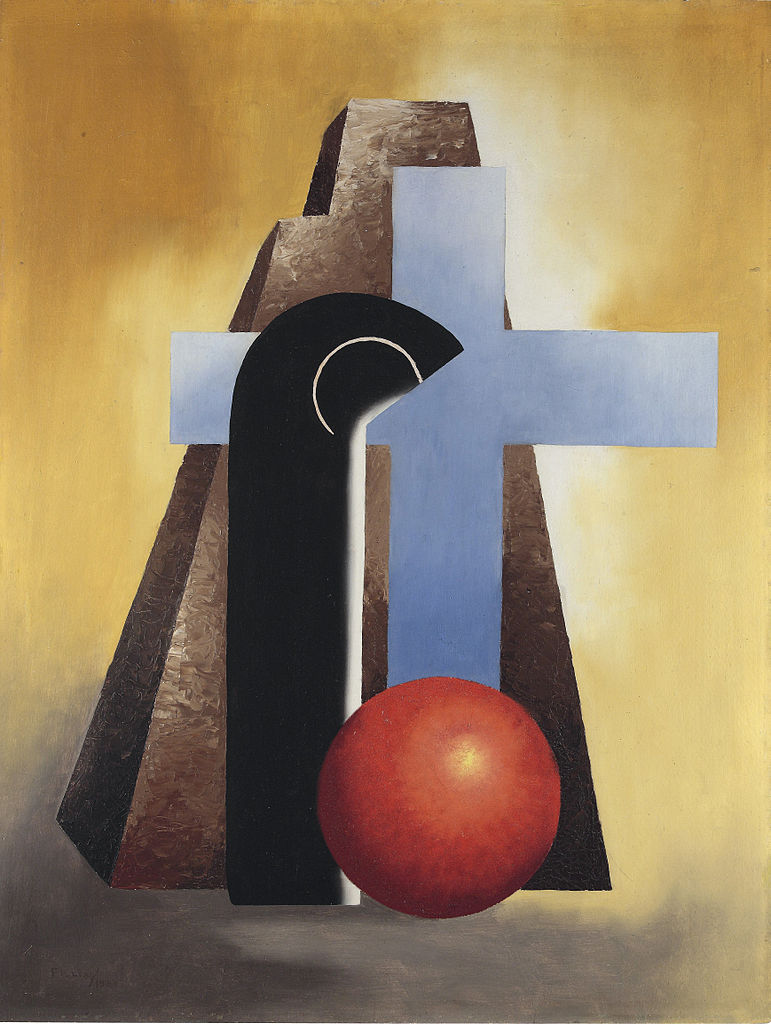
Fillìa is the name adopted by Luigi Colombo, an Italian artist associated with the second generation of Futurism. In addition to painting, his work included interior design, architecture, furniture and decorative objects.
Fillia became a representative of L' Aeropittura (Aeropainting), the dominant futurist style of the 1930s, in which the experience of flight was applied to depicting the landscape from the air; the world was no longer seen from a human perspective on the ground, but as if from an aircraft.
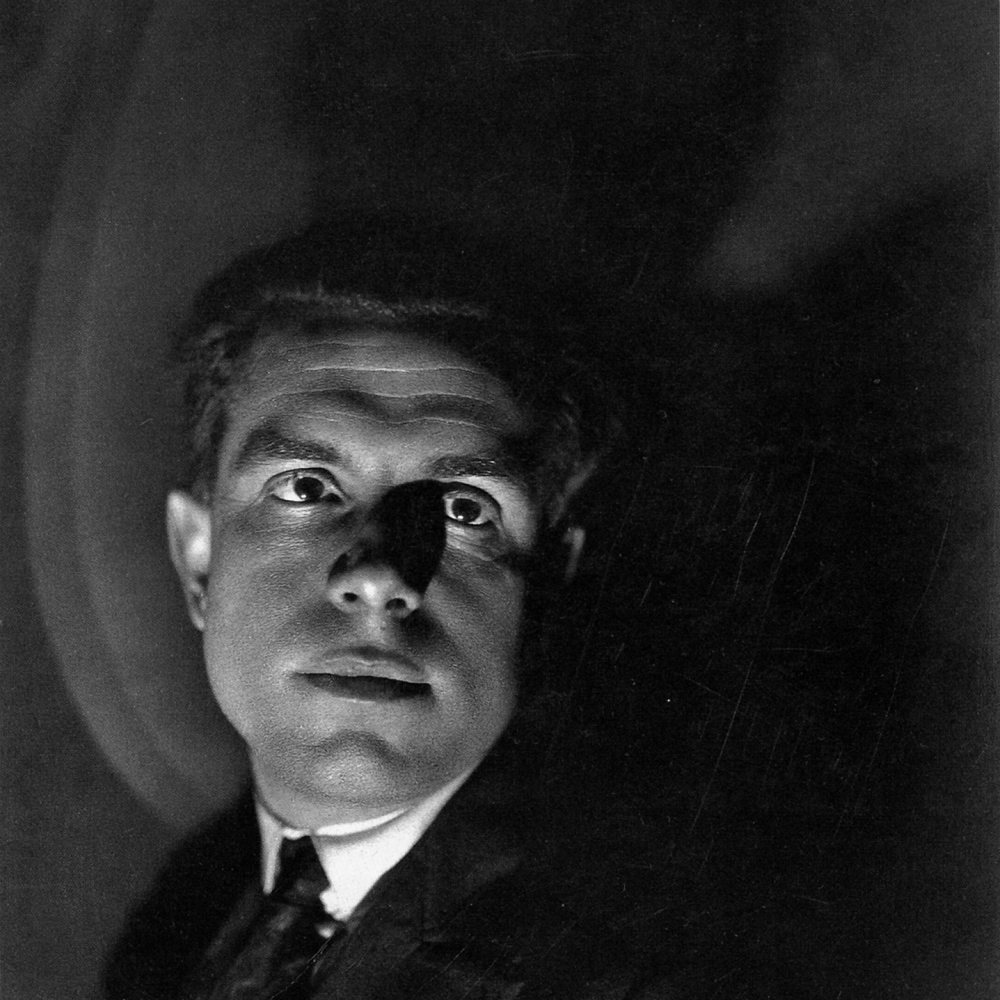
Enrico Prampolini was an Italian futurist painter and sculptor.
Enrico Prampolini published his manifesto Scenografia e coreografia futurista (Futuristic scenography and choreography) in 1915; in the same year he began working as a theatre artist and theatre costume designer.
In 1925 Enrico Prampolini was awarded an honorary diploma at the World Exhibition in Paris, the second most important award in the class of theatrical art.
When Mussolini came to power in Italy, Enrico Prampolini, like many other futurist artists, supported the new regime. In 1932 he, together with Gerardo Dottori and Mario Sironi, leads and implements in a futuristic style the decoration of the grandiose "Exhibition of the Fascist Revolution" (Mostra della Rivoluzione Fascista) in Rome.
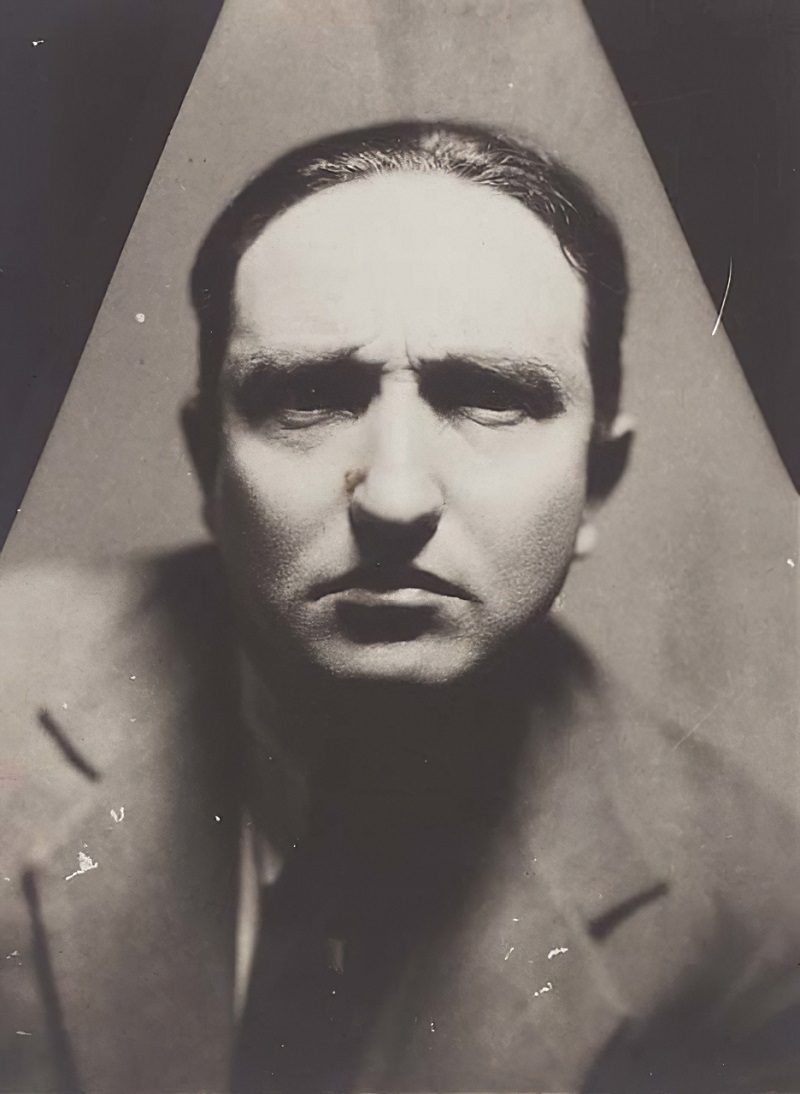
Fortunato Depero was an Italian futurist painter, designer, sculptor and poet. In 1913 Depero comes to Rome, where he meets the futurists Giacomo Balla and Umberto Boccioni.
In the early 1920s, Fortunato Depero tries his hand as an artist in commercial advertising, designs theatrical costumes, works for magazines and as a room decorator, and participates in many art exhibitions.

Enrico Prampolini was an Italian futurist painter and sculptor.
Enrico Prampolini published his manifesto Scenografia e coreografia futurista (Futuristic scenography and choreography) in 1915; in the same year he began working as a theatre artist and theatre costume designer.
In 1925 Enrico Prampolini was awarded an honorary diploma at the World Exhibition in Paris, the second most important award in the class of theatrical art.
When Mussolini came to power in Italy, Enrico Prampolini, like many other futurist artists, supported the new regime. In 1932 he, together with Gerardo Dottori and Mario Sironi, leads and implements in a futuristic style the decoration of the grandiose "Exhibition of the Fascist Revolution" (Mostra della Rivoluzione Fascista) in Rome.

Fortunato Depero was an Italian futurist painter, designer, sculptor and poet. In 1913 Depero comes to Rome, where he meets the futurists Giacomo Balla and Umberto Boccioni.
In the early 1920s, Fortunato Depero tries his hand as an artist in commercial advertising, designs theatrical costumes, works for magazines and as a room decorator, and participates in many art exhibitions.
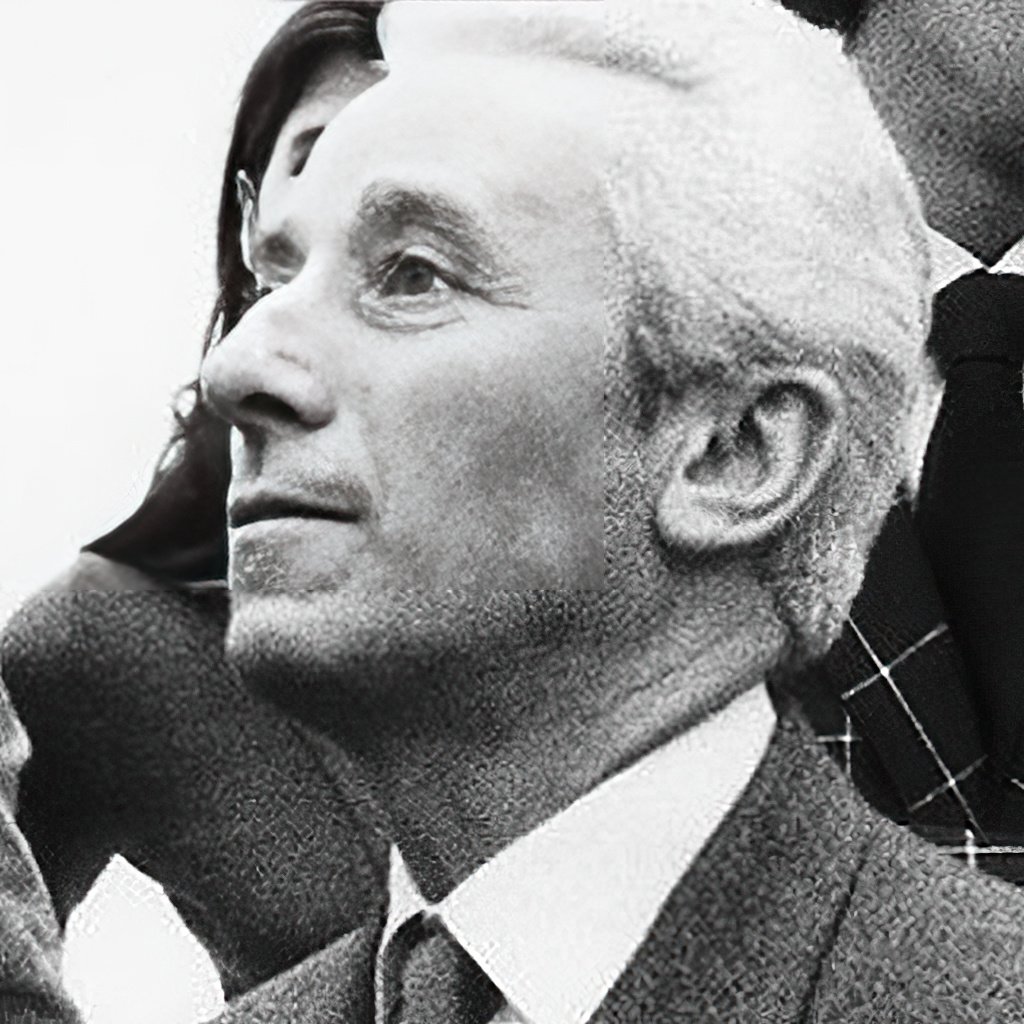
Bruno Munari was an Italian painter, sculptor, graphic artist, designer, theorist, and educator.
He was called the orchestra man: Munari drew, illustrated, sculpted, photographed, designed advertisements, furniture and toys, wrote books, taught, made movies. Pablo Picasso called him the "new Leonardo."
As an inventor, Munari laid the foundations for many new kinds of visual art. For example, it was he who invented the suspended structures-mobiles that respond to the slightest fluctuations in the air, "useless machines" that are designed to distract the viewer from the everyday hustle and bustle.
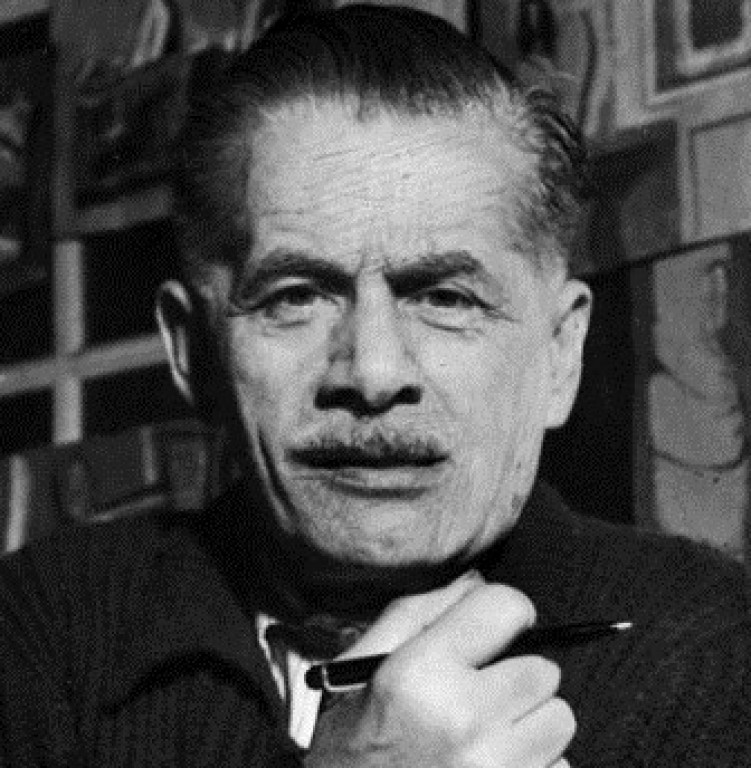
 Джакомо Балла. Картина Автопортрет, 1902.jpg)
Giacomo Balla was a great painter of the 20th century, representative of the first wave of Italian futurism, one of the most influential masters of the last century.
Giacomo Balla's work is an attempt to convey dynamics, to capture the very essence of movement. His paintings are lyrical, full of light and rhythm.

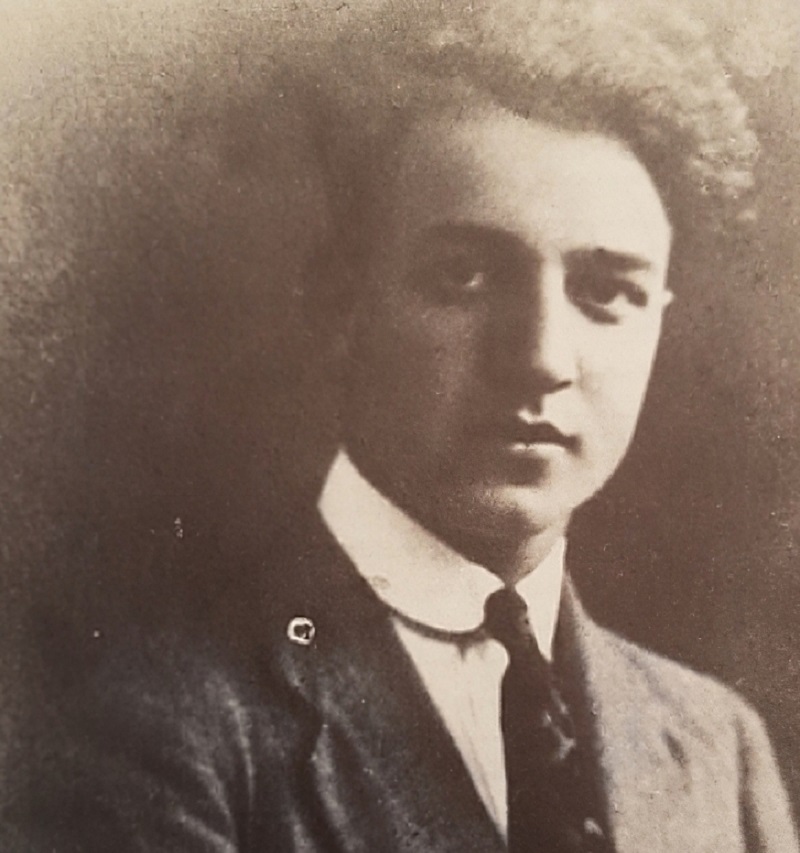
Scipione, birth name Gino Bonichi, is an Italian painter known for his contribution to the Italian Scuola Romana art movement. He was one of the pioneers of this movement, which sought to combine elements of avant-garde styles with traditional Italian art.
Schipione's artistic style can be characterised as expressive and emotional. His paintings often carry a sense of raw intensity and psychological depth, reflecting the internal struggles and complexities of the human experience. Using bold strokes, vivid colours and distorted figures, he created visually appealing and emotionally intense works of art.
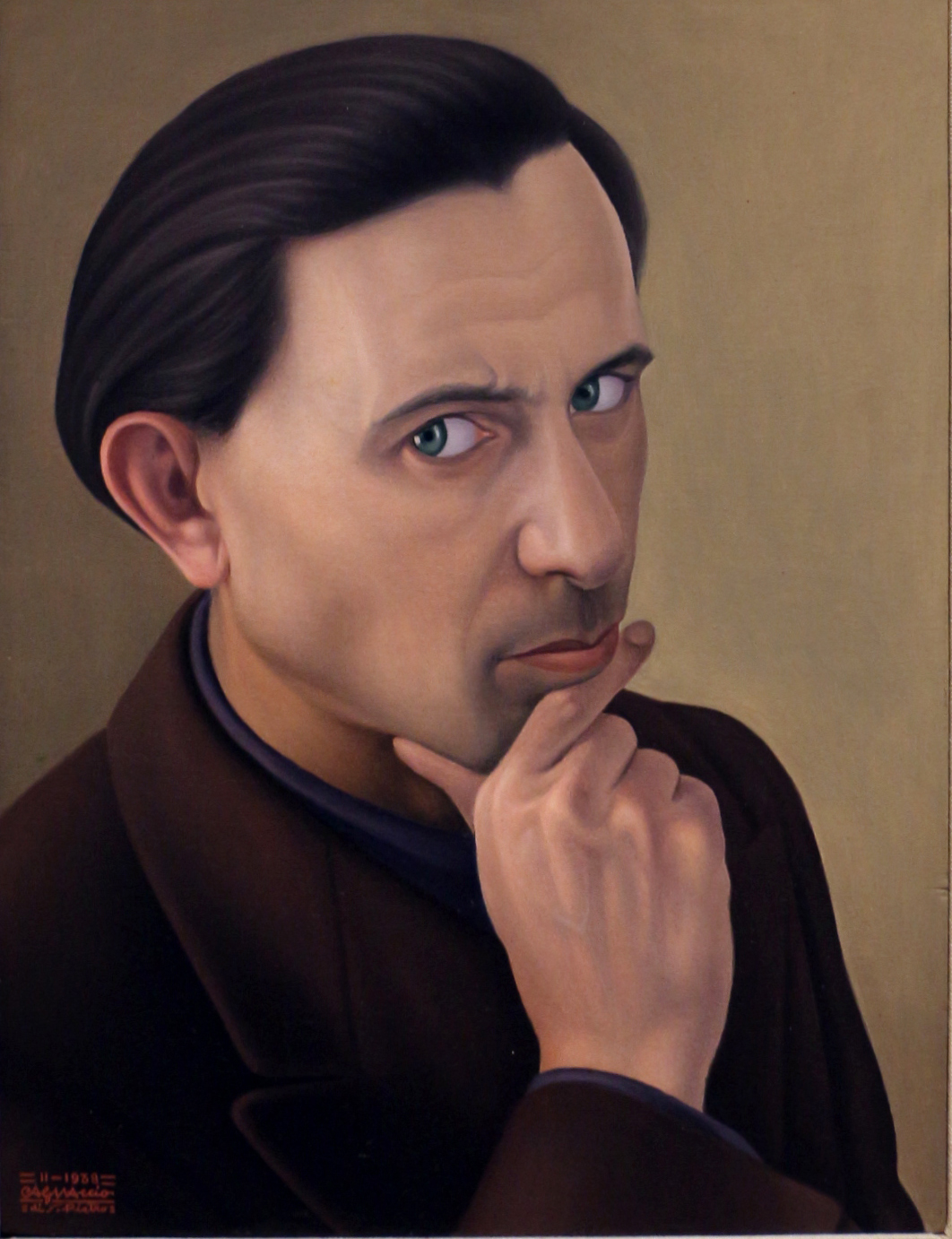
Cagnaccio di San Pietro, real name Natale Bentivoglio Scarpa, Italian painter of magical realism. He studied painting at the Academy of Fine Arts in Venice.
Cagnaccio di San Pietro in the beginning of his creative activity devoted to salon painting, was fond of futurism, then worked for a long time as a representative of the Italian variant of the New Realism. His work is characterised by portraits, nudes, still lifes, paintings of religious content and domestic subjects.
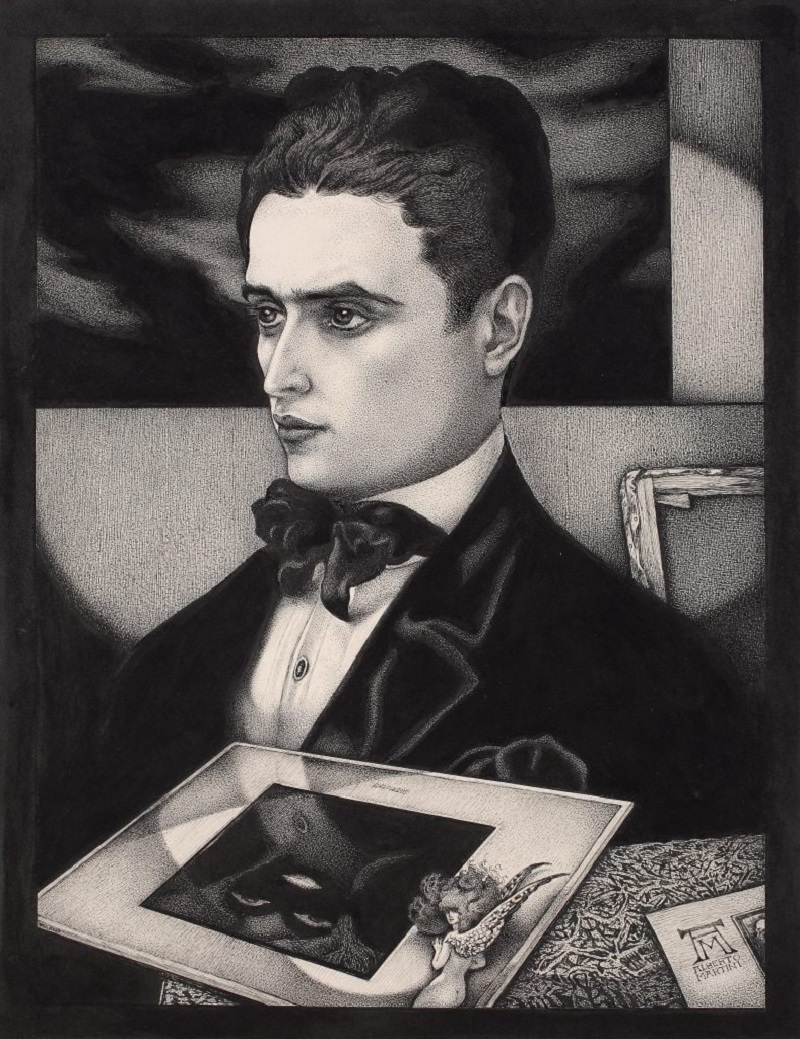
Alberto Martini was an Italian painter, graphic artist, lithographer and illustrator. He is one of the forerunners of the Surrealist art movement.
A significant part of the artistic heritage of Alberto Martini consists of his illustrations for fiction, for works by Italian authors.
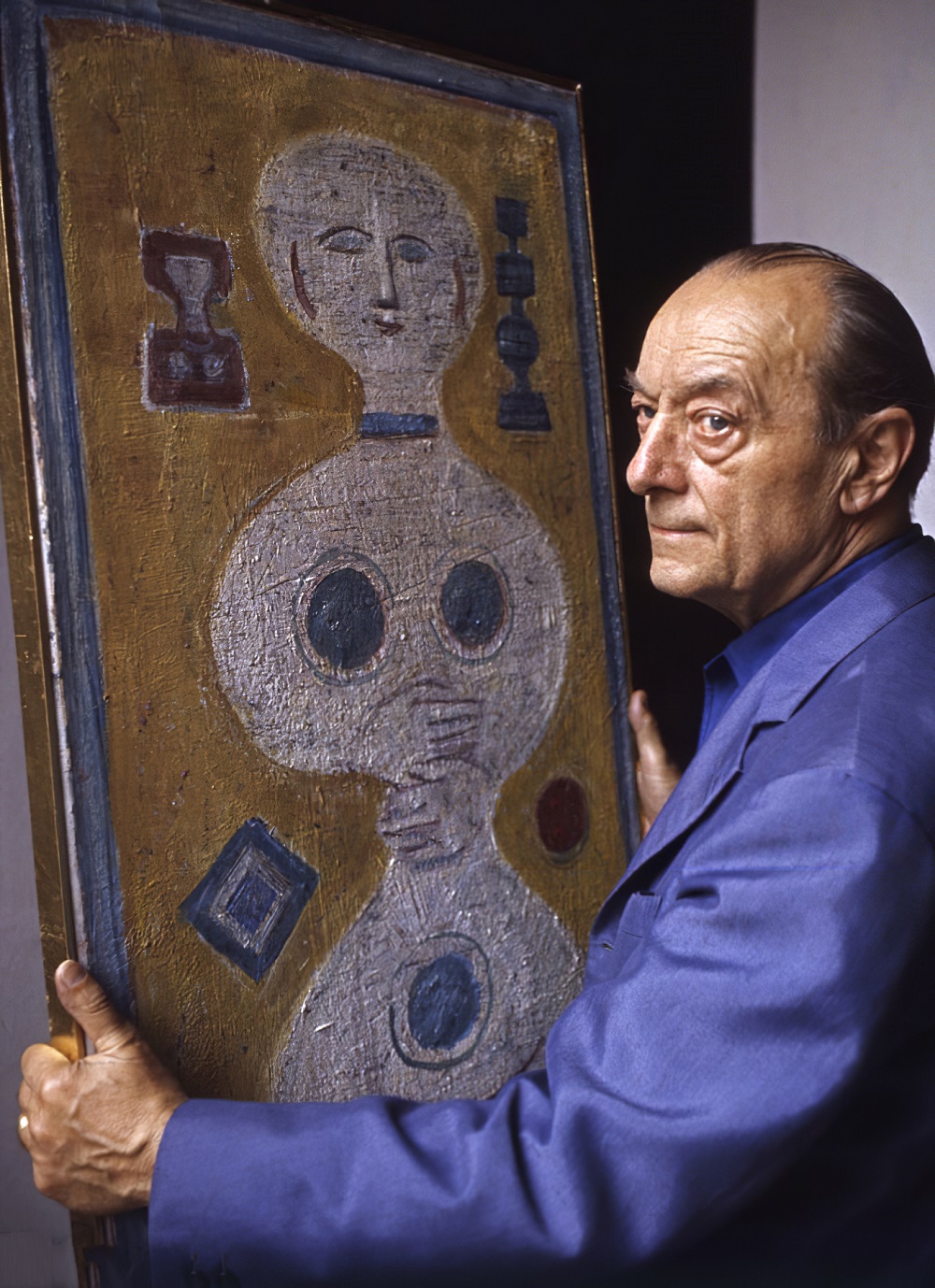
Massimo Campigli was an Italian painter and writer. He was studied art in Florence and Paris.
Campigli's art was heavily influenced by the Cubist and Surrealist movements, and his paintings often featured bold, geometric shapes and stylized figures. He was known for his use of bright colors and flat planes of color, which gave his work a sense of depth and dimension.
In addition to his art, Campigli was also a writer, and published several books and essays on art and literature throughout his career. He was a member of the Italian Communist Party, and his political beliefs often informed his work.
Campigli's art was widely exhibited throughout Europe and the United States during his lifetime, and he received numerous awards and honors for his contributions to the arts.
Today, Campigli is considered one of the most important Italian painters of the 20th century, and his work continues to be studied and exhibited around the world. His legacy has had a significant impact on the development of modern and contemporary art.
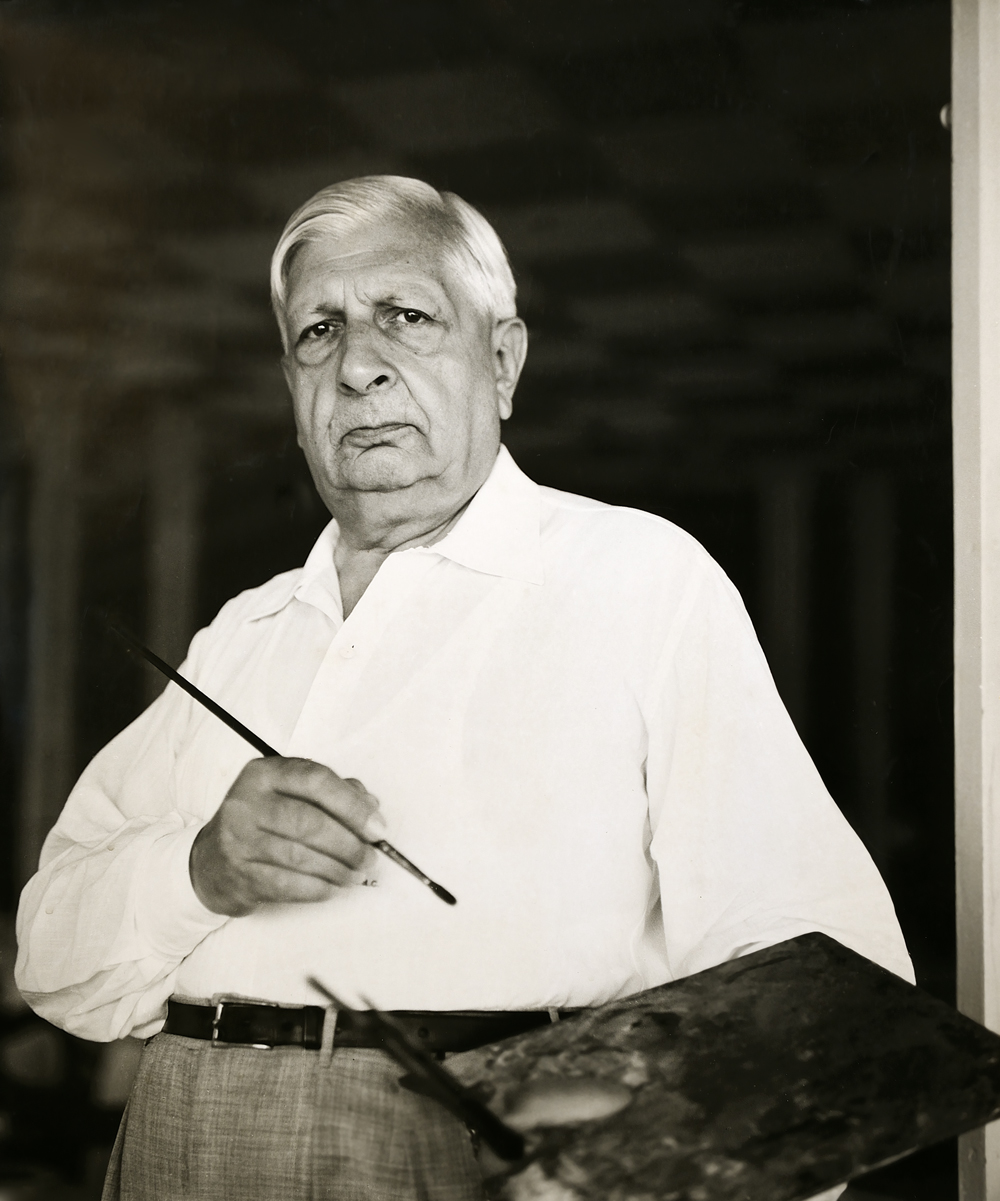
Giuseppe Maria Alberto Giorgio de Chirico, an Italian artist renowned for his profound influence on the Surrealist movement, stands as a seminal figure in 20th-century art. Born in Volos, Greece, in 1888, de Chirico was a visionary painter, sculptor, and writer whose works profoundly altered the landscape of modern art. His paintings, characterized by their dreamlike quality, enigmatic compositions, and the juxtaposition of classical and modern elements, delve into the mysteries of the subconscious, exploring themes of nostalgia, metaphysics, and the uncanny.
De Chirico's art is distinguished by its unique blend of classical motifs with surreal, dreamlike atmospheres, creating a sense of profound mystery and unease. His most famous works, such as "The Enigma of an Autumn Afternoon" and "The Melancholy of Departure," exhibit deserted cityscapes filled with elongated shadows, enigmatic figures, and classical architecture, which became hallmarks of his style. These paintings not only prefigured the Surrealist movement but also influenced countless artists with their exploration of the psyche, the distortion of space, and the play of light and shadow.
His impact on culture and art is undeniable, with his works housed in prestigious museums and galleries worldwide, including the Museum of Modern Art in New York and the Tate Modern in London. De Chirico's ability to evoke the mysterious interconnection between the ancient and the modern through his art continues to captivate collectors and experts in the fields of art and antiques. His innovative approach to painting and sculpture has solidified his position as a key figure in the development of modern art.
For collectors and enthusiasts keen on exploring the depths of 20th-century art and the enigmatic world of Giuseppe Maria Alberto Giorgio de Chirico, staying informed about new discoveries, auction events, and sales of his works is essential. We invite you to sign up for updates to ensure you never miss an opportunity to engage with the enduring legacy of this remarkable Artist. This subscription is your gateway to the latest news related to de Chirico, focusing exclusively on product sales and auction events associated with his influential oeuvre.
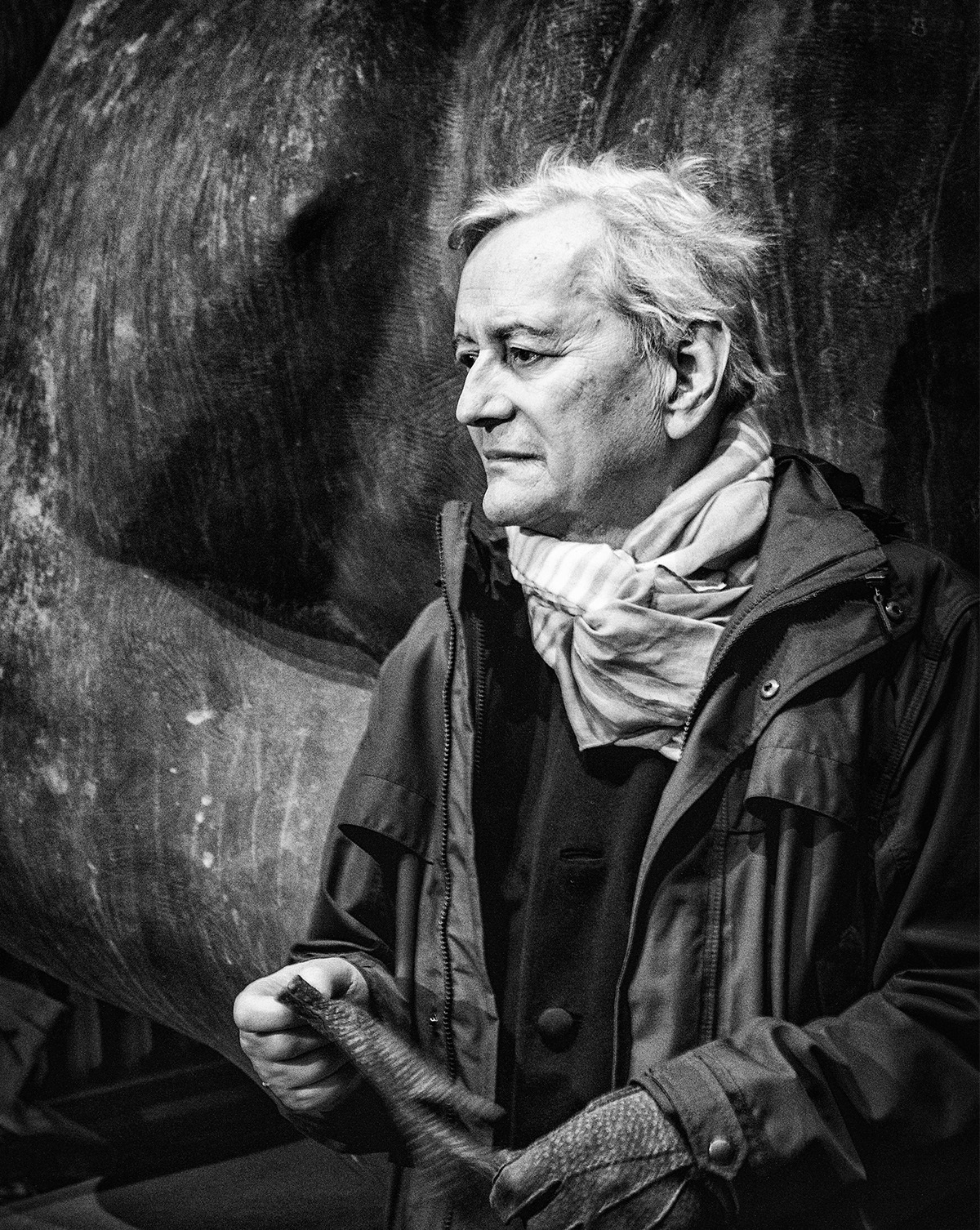
Igor Mitoraj, a renowned Polish sculptor, was celebrated for his unique approach to sculptural art, which combined classical techniques with modernist interpretations. Igor Mitoraj's artistic journey led him across Europe, studying under notable figures such as Tadeusz Kantor at the Krakow Academy of Fine Arts before expanding his horizons in Paris and Italy.
Igor Mitoraj's works are distinguished by their classical inspiration, often focusing on the human body's beauty and fragility. Yet, he introduced a contemporary twist by presenting his figures as fragmented or truncated, a nod to the imperfections and vulnerabilities inherent in human nature. This stylistic choice not only set him apart in the art world but also allowed him to explore deeper themes of human experience and existential reflection.
His sculptures, often large-scale, are displayed in public spaces across the globe, from the streets of European cities to the ruins of Pompeii, where his piece "Daedalus" stands as a testament to his artistic legacy. Igor Mitoraj's influence extends beyond public installations, with his works featured in various prestigious exhibitions and collections, illustrating a career marked by a commitment to exploring the human condition through art.
For art collectors and enthusiasts interested in Mitoraj's work, staying informed about upcoming sales and auction events can provide unique opportunities to acquire pieces by this influential artist. Subscribing to updates related to Igor Mitoraj can ensure you're always in the know about new offerings and events celebrating his artistic contributions.

Massimo Campigli was an Italian painter and writer. He was studied art in Florence and Paris.
Campigli's art was heavily influenced by the Cubist and Surrealist movements, and his paintings often featured bold, geometric shapes and stylized figures. He was known for his use of bright colors and flat planes of color, which gave his work a sense of depth and dimension.
In addition to his art, Campigli was also a writer, and published several books and essays on art and literature throughout his career. He was a member of the Italian Communist Party, and his political beliefs often informed his work.
Campigli's art was widely exhibited throughout Europe and the United States during his lifetime, and he received numerous awards and honors for his contributions to the arts.
Today, Campigli is considered one of the most important Italian painters of the 20th century, and his work continues to be studied and exhibited around the world. His legacy has had a significant impact on the development of modern and contemporary art.
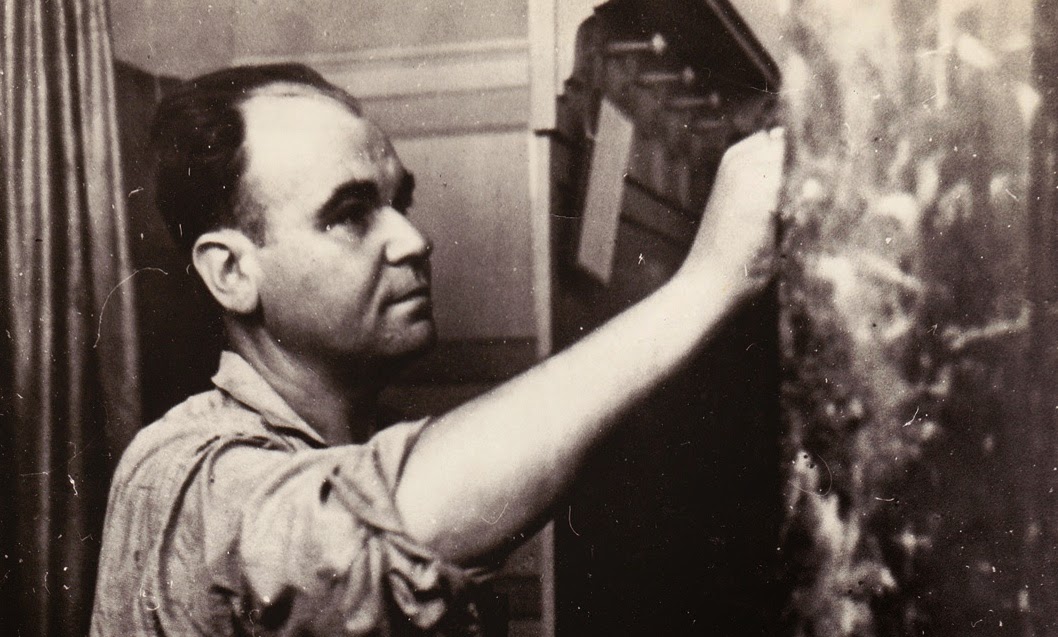
Filippo de Pisis, actually Luigi Filippo Tibertelli was an Italian painter, graphic artist, writer and poet close to the school of metaphysical painting. From 1914 he studied at the University of Bologna, where he studied literature and philosophy.
Filippo de Pisis was a painter of the Italian Novecento. He is considered a representative of Italian futurism in painting. His work is post-impressionist and partly expressive.

Filippo de Pisis, actually Luigi Filippo Tibertelli was an Italian painter, graphic artist, writer and poet close to the school of metaphysical painting. From 1914 he studied at the University of Bologna, where he studied literature and philosophy.
Filippo de Pisis was a painter of the Italian Novecento. He is considered a representative of Italian futurism in painting. His work is post-impressionist and partly expressive.

Filippo de Pisis, actually Luigi Filippo Tibertelli was an Italian painter, graphic artist, writer and poet close to the school of metaphysical painting. From 1914 he studied at the University of Bologna, where he studied literature and philosophy.
Filippo de Pisis was a painter of the Italian Novecento. He is considered a representative of Italian futurism in painting. His work is post-impressionist and partly expressive.


